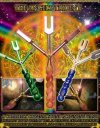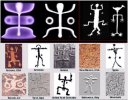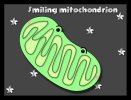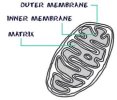Iconoclast
Jedi Master
my dad is a classic car freak and owns an alfa romeo. over the christmas holidays i was again reminded of the weirdness of their logo - it depicts (besides a (temlar) cross) a serpent devouring a man, so i thought i'd post it here.

a quick google search yielded this
here is the visconti coat of arms (from wikipedia)


a quick google search yielded this
http://www.homdrum.net/alfa/alfahistory_logo.htmlThe logo is split in half and contains the emblems of Alfa's hometown Milan and the one of the great Milanese 'Visconti' family.
On the left is the red cross on a white background, which refers back to the days of the First Crusade, when many Milanese soldiers were amongst the Lombards who followed Giovanni of Rho to the Holy Land. The red cross was their symbol, whilst the white background symbolised the white shirts they were forced to wear under their armour to protect them from the fierce Palestinian sun.
On the right of the badge are the arms of the Visconti family, which later became recognised as those of the City of Milan.
There are several stories on were the serpent came from. Some says it represents the snakes that the Lombards used to wear round their necks in a little case as a lucky charm, - or the dragon which, at the start of the fifth century, plagued Milan and was finally killed by Uberto, Squire of Angera, and founder of the Visconti family, - or it could be the symbol of Ottone Visconti who fought a victorious duel with the Saracen leader, Voluce, during the First Crusade. The city of Milan, however, claims that the serpent has nothing to do with the Visconti family.
What's certain, though, is that the Visconti family emblazoned its red cross and serpent coat of arms over the great door of Castello Sforzesco in Milan - and this is where the Alfa Romeo association begins.
here is the visconti coat of arms (from wikipedia)

the whole imagery also reminds me of the numerous legends about dragons and dragonslaying - has the SOTT team ever written anything about this matter? i'd be interested to know more about this subject. (the town of my birth has a huge stone dragon as the town's landmark)The House of Visconti was a noble family whose effectual founder, Oddone, wrested control of the city of Milan from the rival Della Torre family in 1277. The Visconti ruled Milan during the Middle Ages and the early renaissance, first as Lords of Milan, then, from 1395 as Dukes. The Visconti rule of Milan ended with the death of Filippo Maria Visconti in 1447. He was succeeded, after a short-lived republic, by his son-in-law Francesco I Sforza.
From Uberto, brother of Matteo I, came the lateral branch of dukes of Modrone; to this family belonged Luchino Visconti, one of the most prominent film directors of Italian neorealist cinema.

 From a Milan's wall:
From a Milan's wall:


 ) and, in fact had other nickname in mind when registering on this forum: Alfa Loser - quite contradictory construction ha?
) and, in fact had other nickname in mind when registering on this forum: Alfa Loser - quite contradictory construction ha? 

